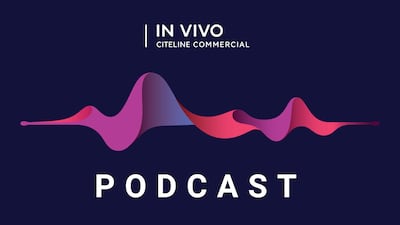In this issue, we present another installment of our quarterly review of pharmaceutical/biotechnology dealmaking—for July–September 2007. Our data come from Windhover's Strategic Transactions Database.
Maureen Riordan and Amanda Micklus
Read the full article – start your free trial today!
Join thousands of industry professionals who rely on In Vivo for daily insights
- Start your 7-day free trial
- Explore trusted news, analysis, and insights
- Access comprehensive global coverage
- Enjoy instant access – no credit card required
Already a subscriber?



